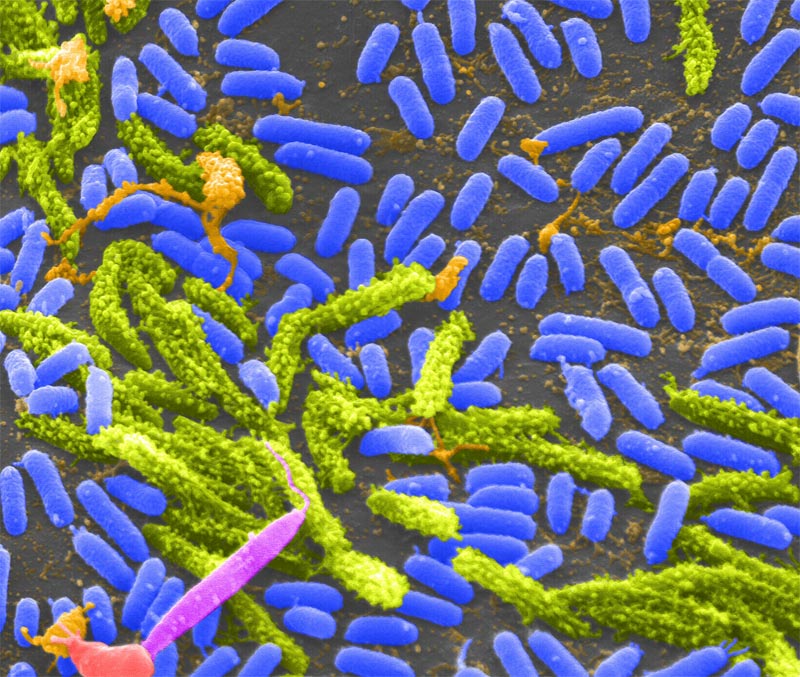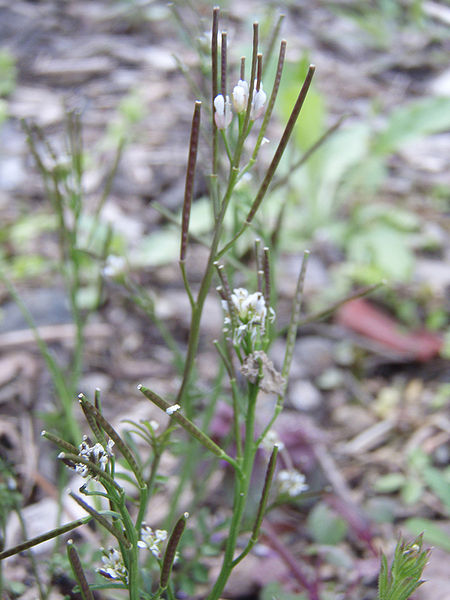Allison MacLachlan
Latest articles by Allison MacLachlan
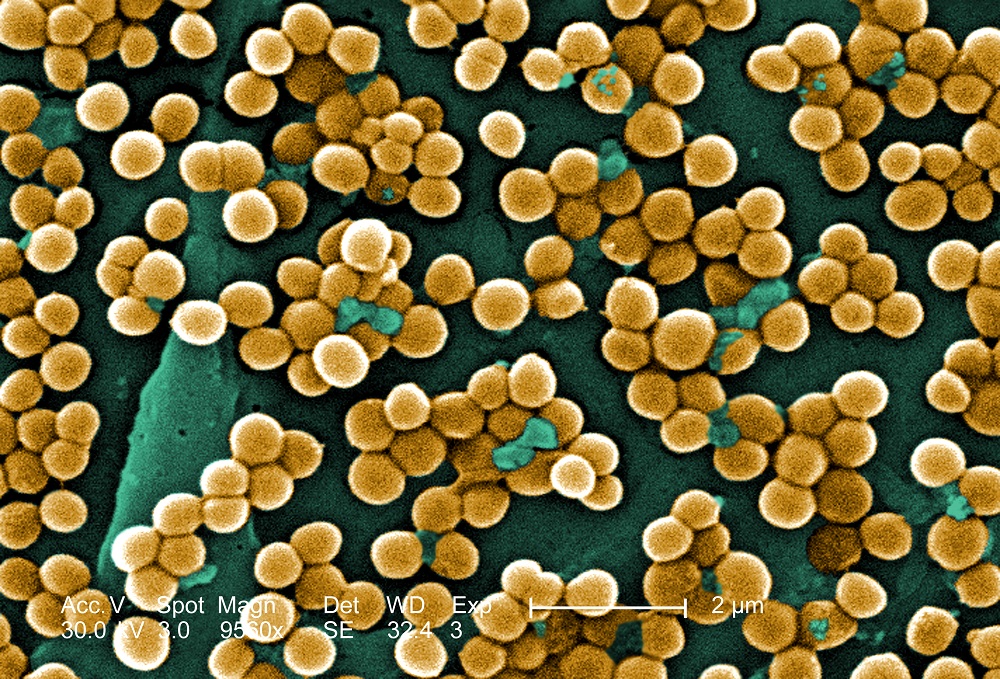
Armpits, Belly Buttons & Chronic Wounds: The ABCs of Body Bacteria
By Alisa Machalek, Allison MacLachlan published
Minutes after you were born, bacteria moved in.
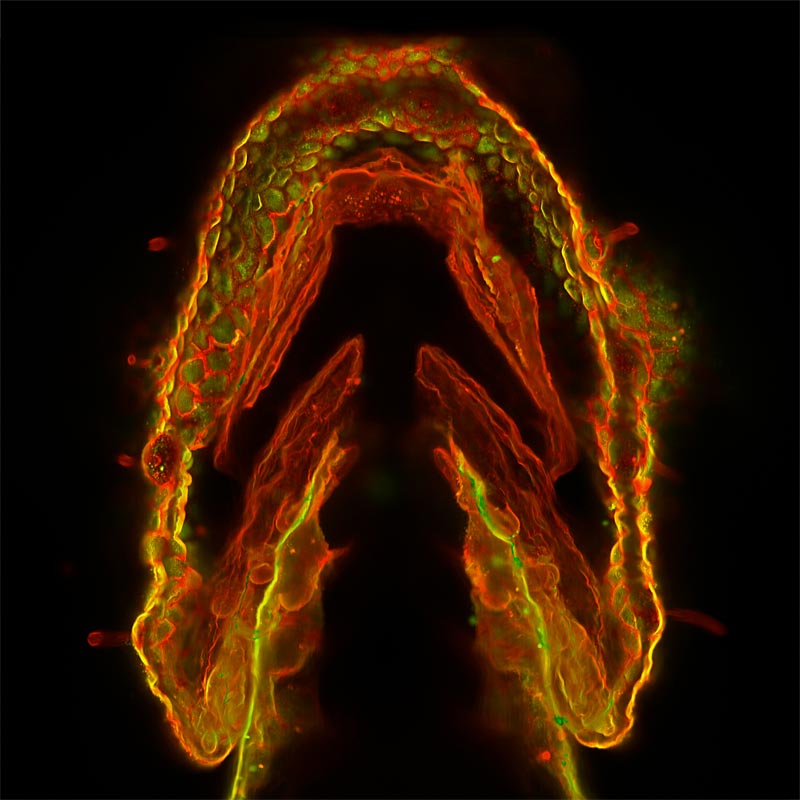
Why Sugars May Be the Body's Superstars
By Stephanie Dutchen, Allison MacLachlan published
You may be surprised at all the work sugars do within our cells.
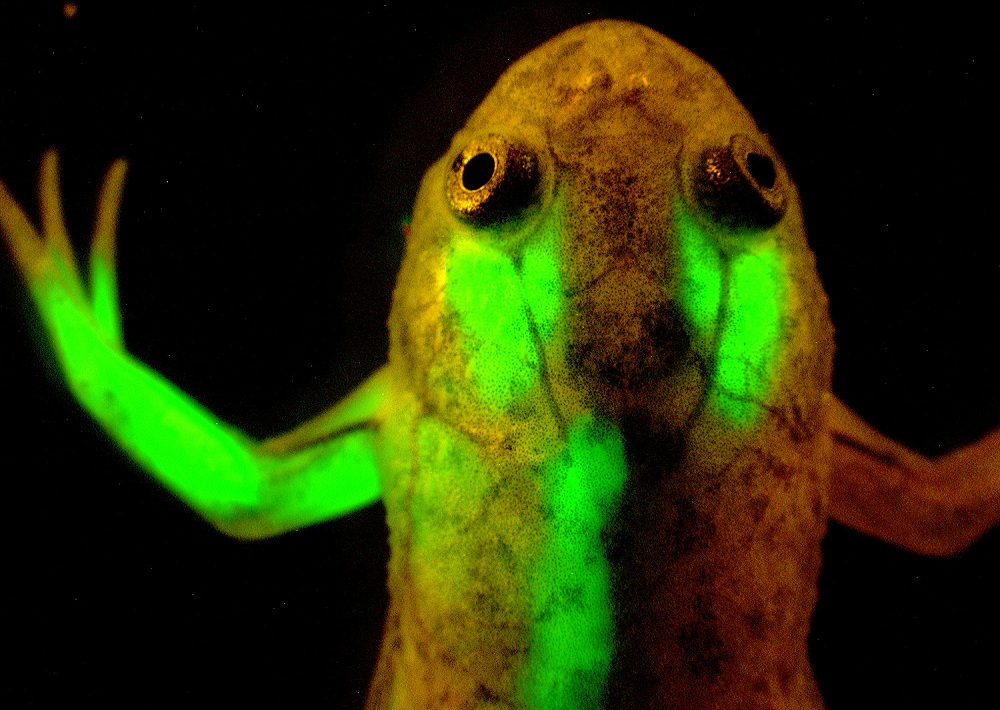
How a Jellyfish Protein Transformed Science
By Allison MacLachlan published
A protein isolated from jellyfish in the 1960s has transformed biological research.
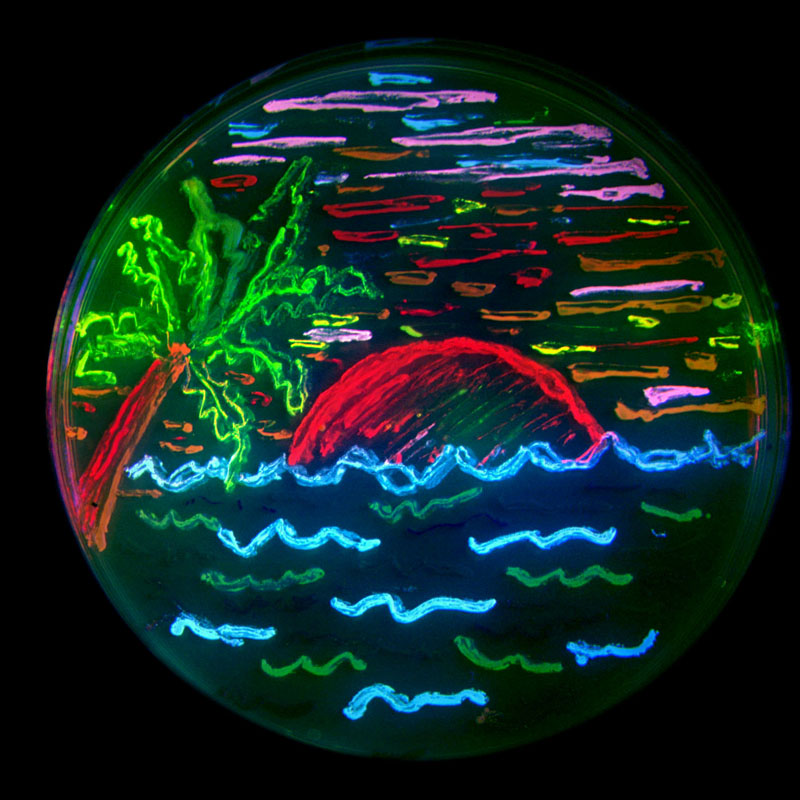
Glowing Bacteria Make a Pretty Postcard
By Allison MacLachlan published
A petri dish full of bacteria — genetically engineered glowing bacteria, looks like it could grace the front of a postcard from Key West.
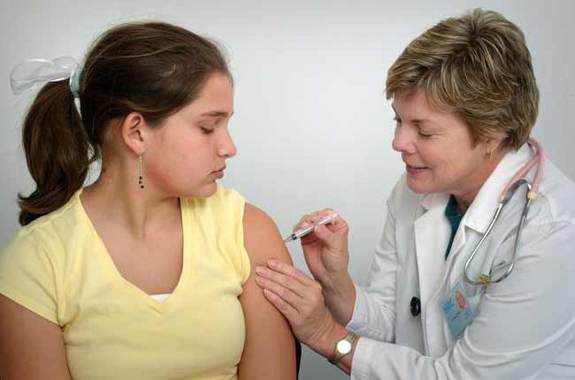
Everyday Evolution Revealed in Flu Shots
By Allison MacLachlan published
Flu viruses evolve and so must our vaccines.
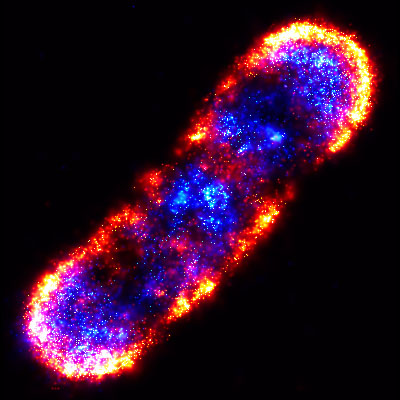
Microbes Find Protection in Organized Communities
By Allison MacLachlan published
Bacteria have very good organizational skills — so good that they actually get more orderly when they're put in small, crowded environments.
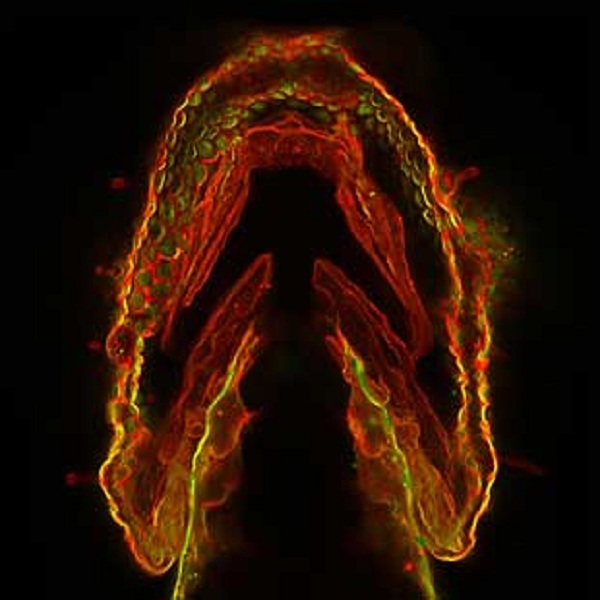
Tracking Cellular Sugar Traffic
By Allison MacLachlan published
Scientists track complex sugars – or glycans – to learn more about how tissues develop, which can ultimately uncover early markers for various diseases.
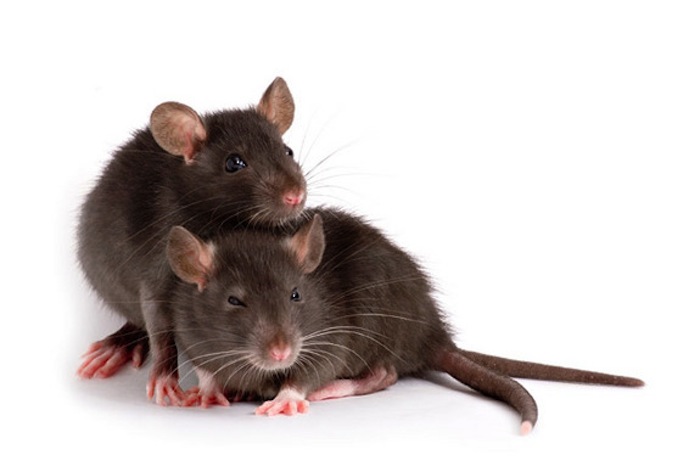
Virtual Rats to Help Researchers Study Disease
By Allison MacLachlan published
While most rats have to be housed and fed, this new set of rats lives online without human contact.

How Cilia Do the Wave
By Allison MacLachlan published
Researchers create the first-ever models of artificial cilia.
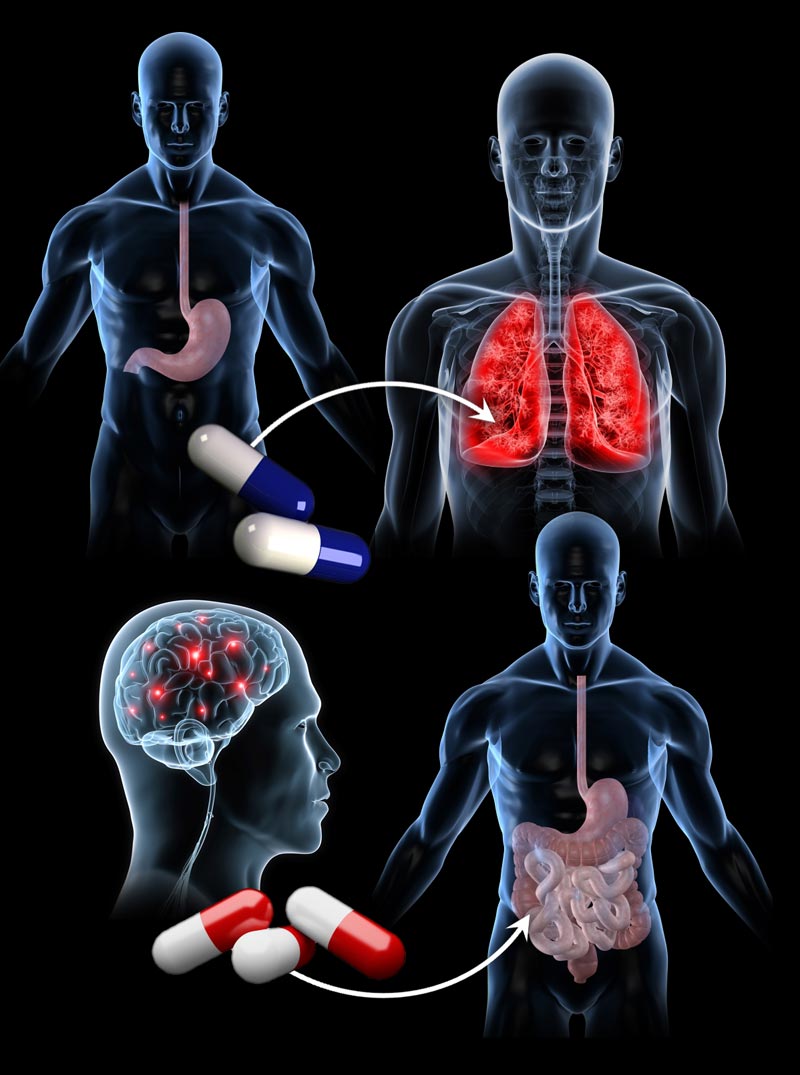
New Uses Proposed for Old Drugs
By Allison MacLachlan published
A computer matchmaking program could help those in need get drugs faster by repurposing those on the market.
Sign up for the Live Science daily newsletter now
Get the world’s most fascinating discoveries delivered straight to your inbox.
